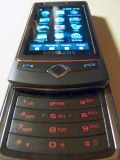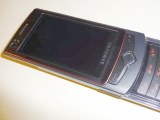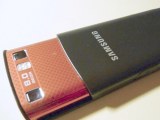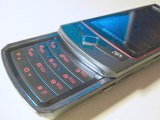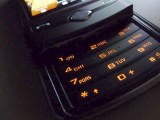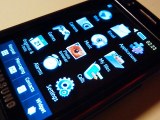 Taking a page out of Apple’s book, Google is now urging Gmail users to drop Internet Explorer 6 (IE6) in favor of Firefox or Chrome that, according to the company, run the popular web-based email service "twice as fast." Google also labels IE6 as an unsupported browser, meaning it fails to run some Gmail features.
Taking a page out of Apple’s book, Google is now urging Gmail users to drop Internet Explorer 6 (IE6) in favor of Firefox or Chrome that, according to the company, run the popular web-based email service "twice as fast." Google also labels IE6 as an unsupported browser, meaning it fails to run some Gmail features. Following recent release of Chrome 1.0, Google is increasing the visibility of the browser. In addition to a direct download link on Google.com, YouTube and within the Adsense advertising program, the company is now advising Gmail users who access the service with IE6 to ditch the browser and upgrade to Firefox 3 or Chrome. Google claims the two browsers run the popular webmail service "twice as fast".
IE6 users are greeted with a new "Get faster Gmail" message in the menu bar of the web interface. The link leads to a page that promotes Chrome and Firefox 3. "Browsers are getting faster and better at running web applications like Google Mail that use browser technology to its limits," the page reads. "In order to get the best experience possible and make Google Mail run an average of twice as fast, we suggest that you upgrade your browser to one of the fastest Google Mail supported browsers that work on Windows." The page offers direct download links for Firefox 3 and Chrome. IE7 and Apple's Safari are listed as supported Gmail browsers.
Google recently dumped Firefox in the Google Pack application bundle and replaced it with Chrome. Last month, the company added a direct download link for Chrome on Google and YouTube. Google's decision to list IE6 as an unsupported Gmail browser does not affect just consumers: Tens of thousands of small- and mid-sized businesses that run Google Apps hosted services may dump IE6 as well in order to get full Gmail-based features while accessing business email accounts via a web browser.
According to Net Applications, roughly one in five online users accessed the web with IE6 during November. Most of them are believed to be corporate users who rely on IE6 as the certified browser for their business environment. IE6’s market share is notably higher during the week than on weeks, we previously reported. However, there is a trend that shows a slowly, but steadily declining market share of IE6, which suggests that more businesses are switching to newer browsers. What makes Google’s Chrome promotion especially interesting is the fact that Mozilla is picking up two out of three browser users that Microsoft surrenders.
Fast JavaScript engines and greater compatibility with web standards have become Chrome's and Firefox's biggest selling points over IE this year. In the corporate world, these benefits could turn into decisive reasons for companies to ditch IE. Some business software vendors have begun tweaking their web applications for Chrome's speedy V8 engine, resulting in a dramatic speed gains. For example, a Chrome-optimized version of the Recruiting CRM software delivers a 300% performance increase in complex queries.
